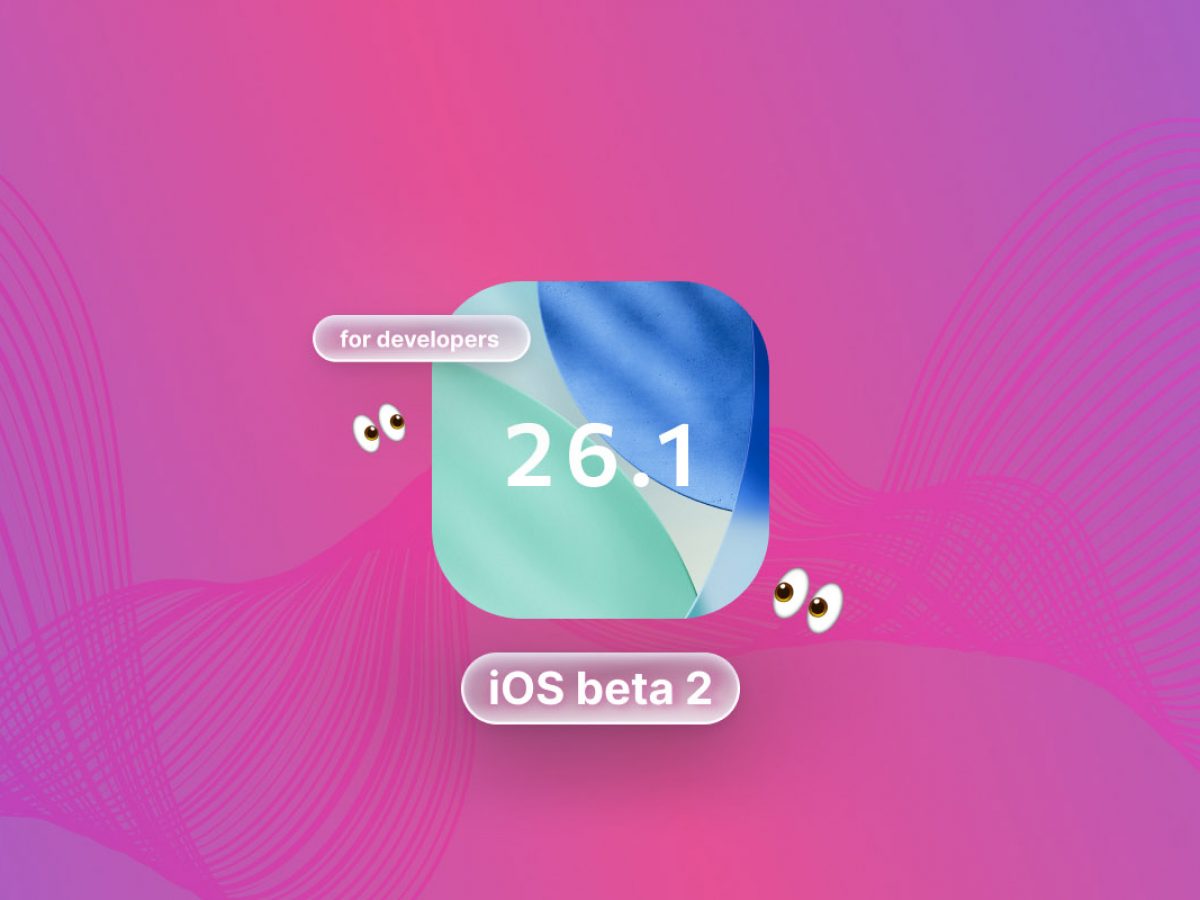With a myriad of e-reader sizes available, there’s a choice for everyone. Previously, e-readers were primarily produced by bookstore brands aiming to keep you browsing their shelves, albeit in a digital manner. Nowadays, companies like Onyx Boox and Bigme have established themselves by crafting E Ink devices that operate on Android, allowing for capabilities on e-readers that you’d never imagined possible.
This year has witnessed a surge in color e-readers, especially with the rising popularity of the E Ink Kaleido 3, and Bigme has been rapidly introducing new devices since the spring. I find myself switching among three of the top color e-readers from this brand based on my reading preferences, although it’s unlikely that the average person desires to have two or three e-readers cluttering their home.
This brings up an important query: what type of reader are you? Do you savor novels and fan fiction? Perhaps you lean towards graphic novels with a twist? How about immersing yourself in manga series on a well-lit e-paper display? Or maybe you’re after an e-ink tablet that excels in writing, enabling you to share your own stories in the future. I have three different-sized Bigme color e-readers here, and I’m ready to help you pinpoint the ideal one.
I merely wish to read books
Some individuals merely seek an e-reader for the practicality of reading numerous books without having to make room for physical editions. I’ll admit to occasionally succumbing to the desire for minimalism, and the thought of cramming hundreds of books into a device that’s only marginally larger than my smartphone is genuinely appealing.
Enter the Bigme B6. As the name suggests, this model boasts a 6-inch color E Ink Kaleido 3 display nestled within a somewhat bulky frame. Aside from its size, the standout feature is the row of 5 capacitive buttons on the bottom. I would prefer traditional buttons over capacitive ones, yet this aspect is still quite intriguing.
If you’re not fond of the default functions, you can assign each button to any of the multiple functions available. This was a lifesaver for me, as I wasn’t particularly interested in most of the preset button actions.
The only downside is that changing functions can be somewhat perplexing at first, given that these are printed capacitive keys. For example, the AI key on my model is programmed to open the E Ink center for display setting adjustments, and I always hesitate, deliberating what that button does before I press it.
My feelings on the design are also mixed. I dislike phones with flat edges, and the design here feels akin to a plastic-clad iPhone 14-style device. Some might appreciate that, but it’s not my preference—I would opt for more rounded edges. Fortunately, the provided folio case gives this design a semblance of a book opening, since the edges of a book’s pages tend to be quite flat.
If the Boox Palma feels slightly too small and the standard Kindle seems a tad too large, the Bigme B6 is the perfect middle ground, serving as an excellent little e-reader. The price is also hard to contest. At just $179, this Android-driven e-reader is difficult to overlook!
E-reading and note-taking
Next in line is the Bigme B7, another color E Ink Kaleido 3-equipped e-reader that supports a stylus. This stylus comes included in the package, along with a delightful folio case equipped with a tri-fold kickstand.
This model features two physical keys on a thicker bezel on one side, designed for improved ergonomics while holding. I always prefer this style of bezel on e-readers, and with customizable physical buttons, this model stands out as the most optimal on my list.
Beyond variations in physical shape and size, the included stylus is perfect for note-taking or annotating your reading material. Running on Android 14 (like the other two Bigme devices), you can use any Android app, making your preferred note-taking application easily accessible.
Productivity with a side of manga, please
Finally, we have the Bigme B1051C Pro, which I’ve previously reviewed as the first new color e-reader I tested this year. Despite its expansive 11-inch E Ink Kaleido 3 display, this model is impressively thin at 5mm and is constructed from aluminum. It undoubtedly exudes the most premium feel among the products discussed, which aligns with its focus on productivity and its role as a laptop alternative.
My unit arrived with a keyboard folio case featuring a built-in trackpad, making the Android 14-powered experience closely resemble that of a laptop. It attaches to the folio case using magnetic POGO pins, and since
Read More








